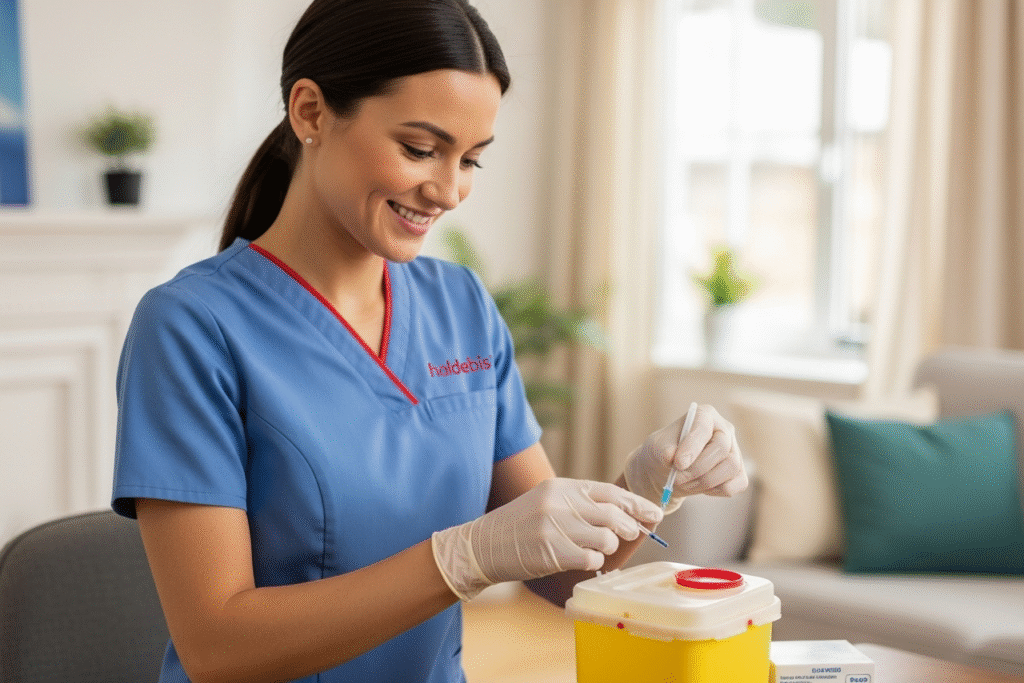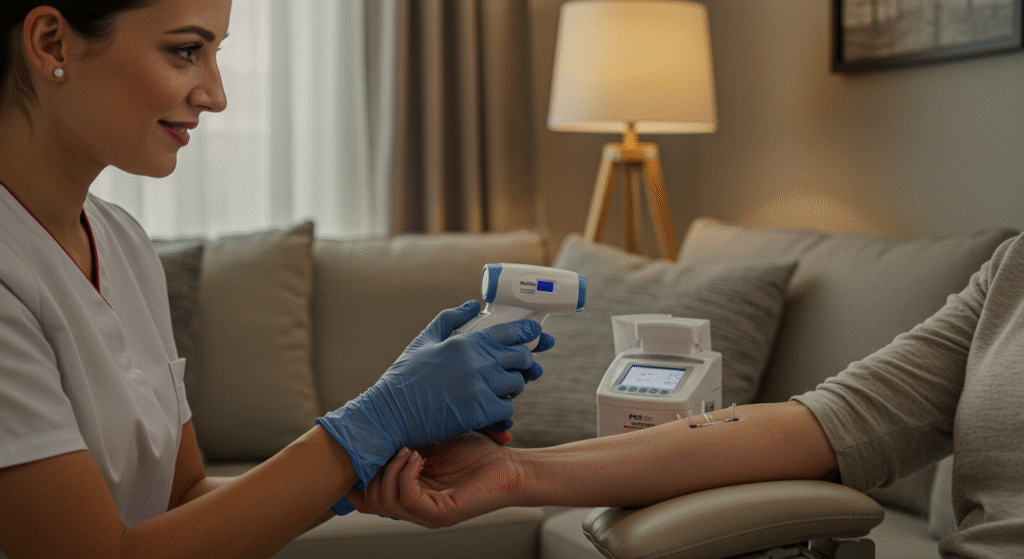Infection Control & Safety: The Hidden Truth Behind Every Blood Draw
When most people think of infection control, they picture gloves, hand sanitizer, and maybe a sterile needle packet. But the truth goes deeper than that—far beyond what meets the eye. Infection control is not just a checklist. It’s a silent promise, a thread of trust woven into every interaction between patient and phlebotomist. At Haldebis […]
Infection Control & Safety: The Hidden Truth Behind Every Blood Draw Read More »





